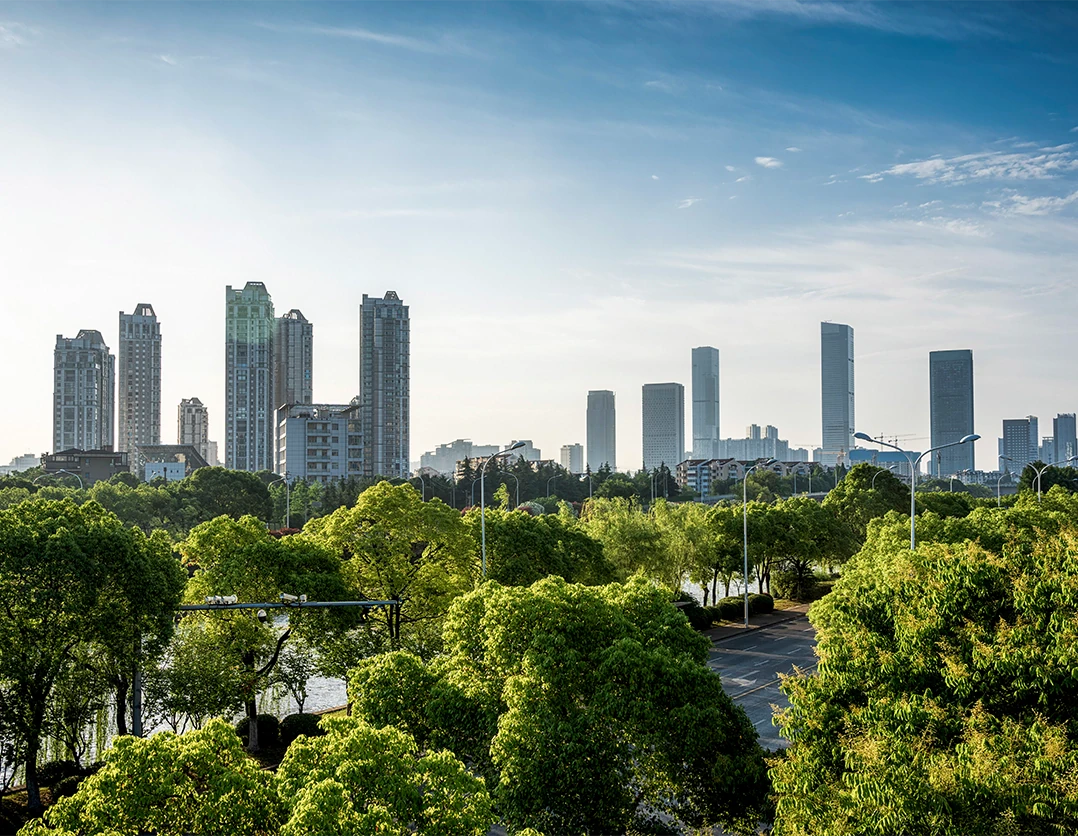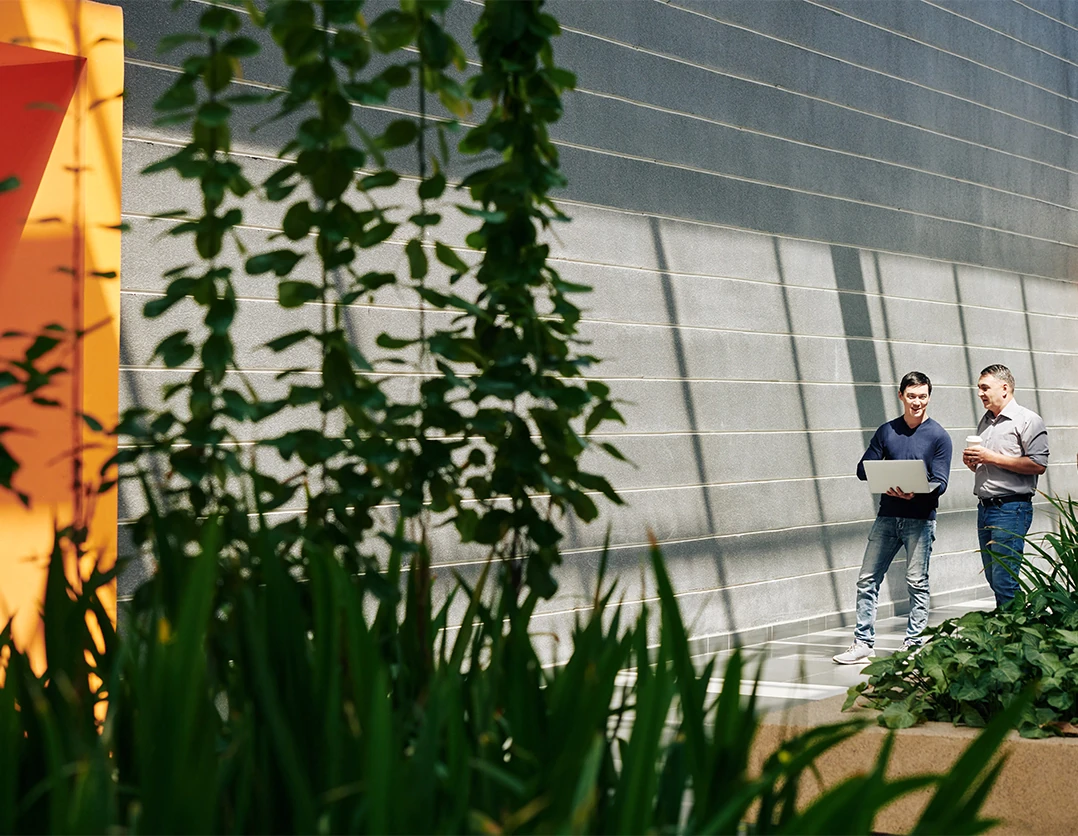
Ecology and Biodiversity
Goal and Performance Highlights

Performance
Goal
Challenges and Opportunities
Climate change and environmental degradation are global issues with far-reaching impacts. As a leading real estate developer, Central Pattana Public Company Limited faces the challenge of minimizing the ecological footprint of its operations, particularly in infrastructure development and large-scale retail projects that may impact green areas, natural ecosystems, and urban air quality. Escalating climate risks—such as droughts, flooding, and air pollution—pose direct threats to the sustainability of business operations. Additionally, the need to comply with increasingly stringent environmental regulations at both national and international levels, along with rising consumer expectations for environmentally responsible businesses, drives the Company to continuously develop forward-thinking strategies to build stakeholder trust.
Nonetheless, these challenges also present strategic opportunities for Central Pattana to position itself as a sustainability leader. The Company focuses on eco-friendly development initiatives, such as energy-efficient mall designs, integrating green spaces into projects, and implementing large-scale tree planting through the "One Million Trees Movement – Carbon Sequestration" program. Central Pattana also sees value creation opportunities by integrating nature into project design—enhancing biodiversity and reducing urban temperatures through green space development. Clean energy adoption, such as solar rooftops, and circular water management systems further minimize environmental impact while contributing to long-term sustainable development.
Management Approach and Value Creation
Central Pattana is committed to harmonizing business, urban development, and nature. The Company aims to lead responsible real estate development that respects ecosystems and biodiversity, supporting its Net Zero Carbon 2050 commitment and contributing to the United Nations Sustainable Development Goals (SDGs).
One Million Trees Movement
The “One Million Trees Carbon Sequestration” initiative aims to plant 1,000,000 trees by 2050 as a natural mechanism for carbon removal. As of 2024, over 800,000 trees have already been planted, including:
200,000 trees planted
in conservation forests across Chonburi, Phitsanulok, and Chiang Rai
600,000 trees
planted in partnership with the Mae Fah Luang Foundation in more than 3,000 rai of degraded forests in Lampang, Chiang Mai, Chiang Rai, and Nan
Once completed, this initiative is expected to sequester up to 8,100 tCO₂e by 2030, directly supporting the Company’s Net Zero 2050 target.
Biodiversity Protection and Restoration
Before each new project, the Company carefully surveys and conserves large trees in the project area. To date, surveys have been conducted across 110 projects, with 255 large trees successfully relocated and replanted—of which 217 survived—preserving local ecological continuity.
Native plant species are prioritized for landscape restoration, supplemented by flowering and fruit-bearing trees to enhance biodiversity and attract beneficial pollinators such as bees and butterflies.
Ecological Urban Green Space Design
In urban development, Central Pattana adheres to Green Urban Design principles. A flagship example is Central Park Bangkok, designed with green space comprising more than 40% of the total project area. The urban ecosystem is engineered to accommodate humans, wildlife, and native flora, while helping mitigate the Urban Heat Island Effect.
Long-Term Green Space Management
Post-development, the Company maintains green areas systematically through practices such as using recycled water from wastewater treatment systems, and applying compost made from organic waste generated within shopping centers. These actions support a sustainable environmental circular economy.
Monitoring and Reporting
Ecosystem and biodiversity management falls under the oversight of the Environmental and Climate Committee, which regularly reports to the Corporate Governance and Sustainability Committee to ensure all environmental programs align with corporate strategies and targets.






